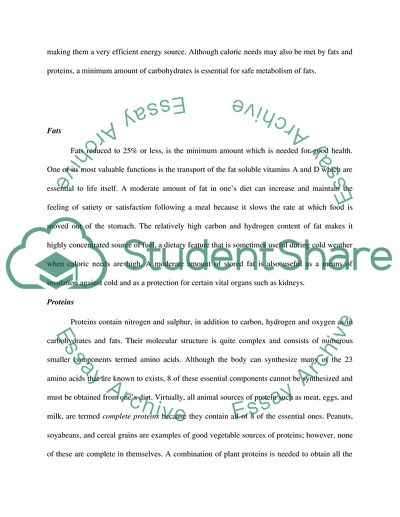Cite this document
(Functions of Carbohydrates, Vitamins, Fats, Minerals, Protein and Coursework, n.d.)
Functions of Carbohydrates, Vitamins, Fats, Minerals, Protein and Coursework. Retrieved from https://studentshare.org/biology/1540152-functions-of-carbohydratesvitamisnfatsmineralsproteinh2o
Functions of Carbohydrates, Vitamins, Fats, Minerals, Protein and Coursework. Retrieved from https://studentshare.org/biology/1540152-functions-of-carbohydratesvitamisnfatsmineralsproteinh2o
(Functions of Carbohydrates, Vitamins, Fats, Minerals, Protein and Coursework)
Functions of Carbohydrates, Vitamins, Fats, Minerals, Protein and Coursework. https://studentshare.org/biology/1540152-functions-of-carbohydratesvitamisnfatsmineralsproteinh2o.
Functions of Carbohydrates, Vitamins, Fats, Minerals, Protein and Coursework. https://studentshare.org/biology/1540152-functions-of-carbohydratesvitamisnfatsmineralsproteinh2o.
“Functions of Carbohydrates, Vitamins, Fats, Minerals, Protein and Coursework”, n.d. https://studentshare.org/biology/1540152-functions-of-carbohydratesvitamisnfatsmineralsproteinh2o.


